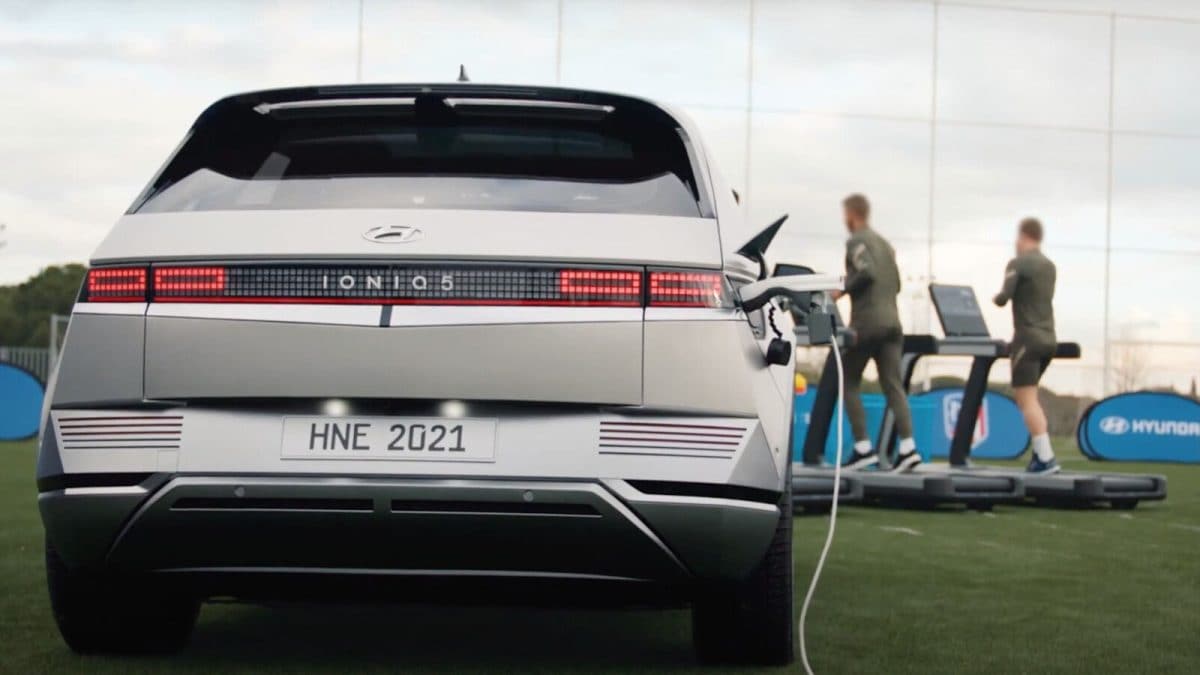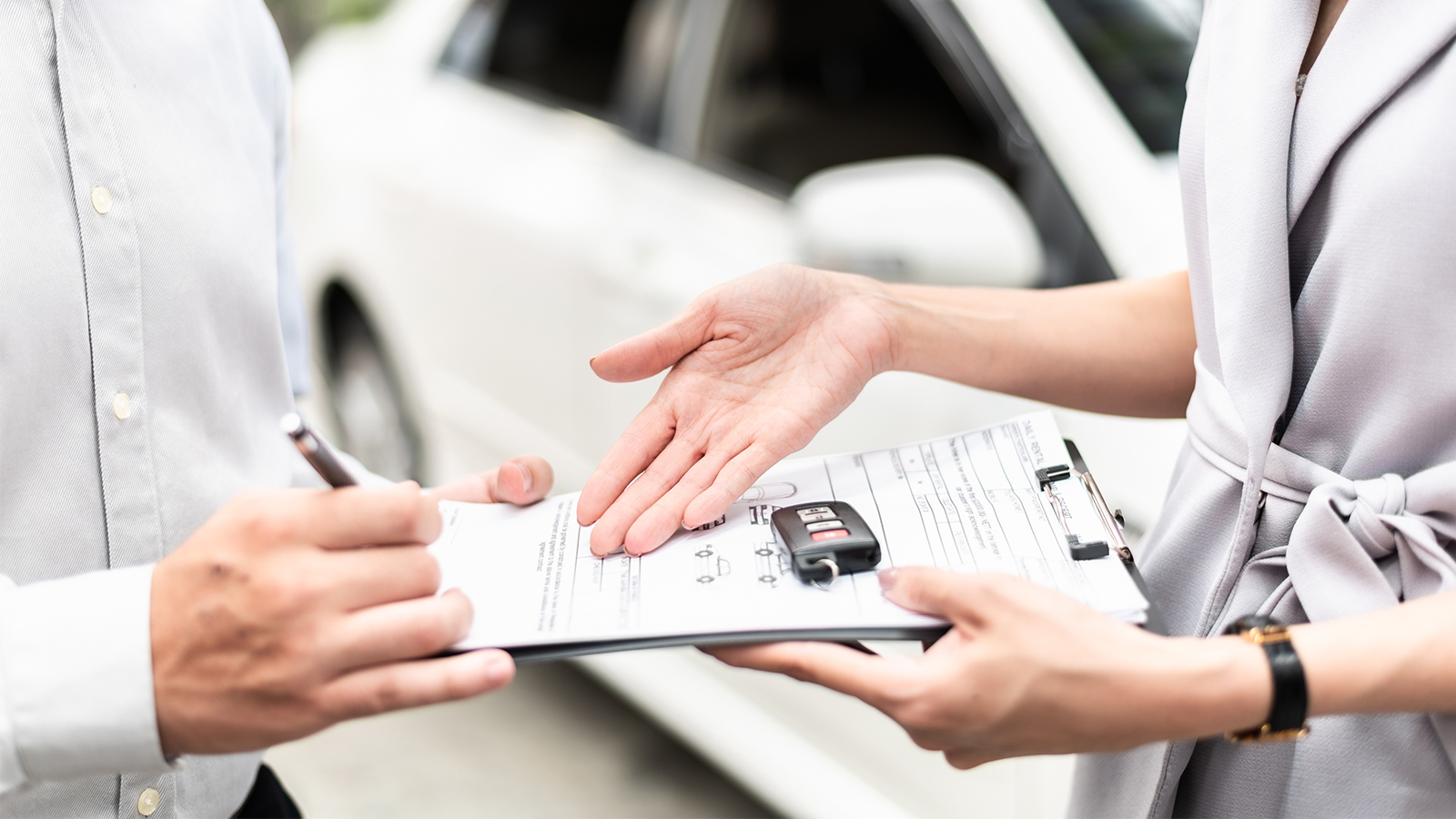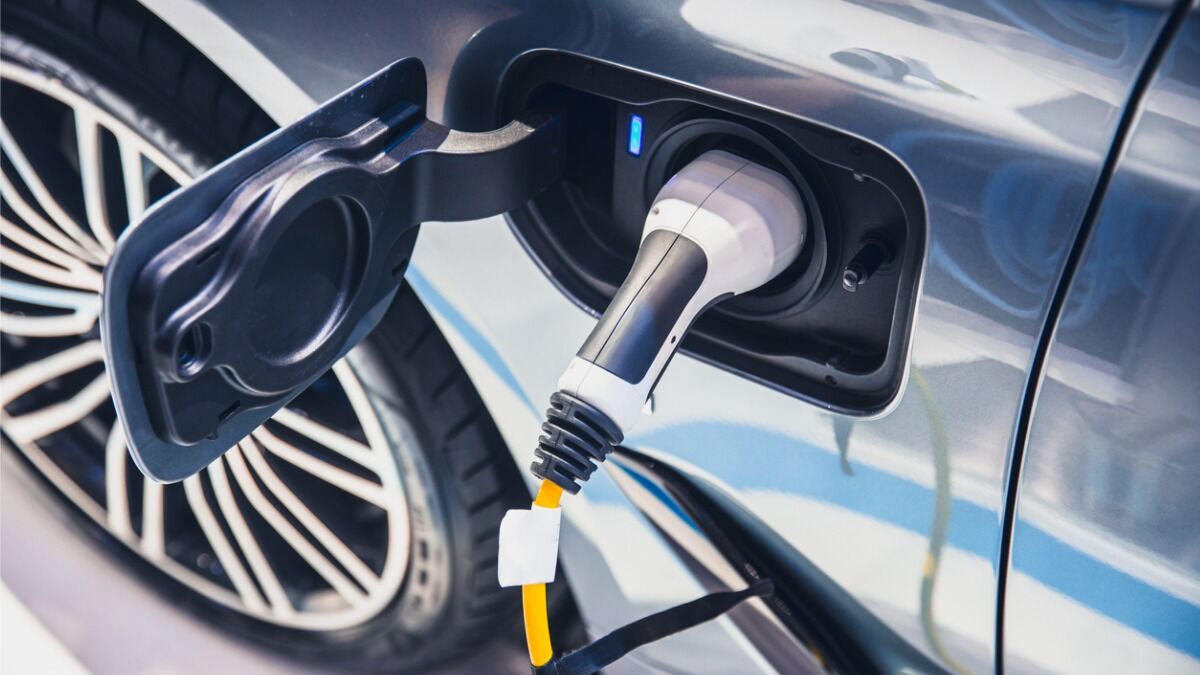Vehicle-to-Load Bidirectional Charging Quick Facts
- Vehicle-to-load (V2L) charging offers benefits for EV and PHEV drivers.
- You can power everything from a handheld device to a refrigerator with V2L.
- V2L charging capability requires the vehicle to have a built-in DC-to-AC inverter.
Charging an electric vehicle (EV) or plug-in hybrid (PHEV) does not necessarily mean a one-way street. Several electric vehicles (EVs) and plug-in hybrid electric vehicles (PHEVs) now provide some degree of bidirectional charging. In other words, power stored in the drive battery can be drawn out to power not only the car but also devices, electric tools, campsite equipment, appliances, and, in some cases, after a power outage, even your home.
Some bidirectional charging systems can even stream power back to your power provider’s grid, earning you credits toward your monthly electric bill. Think of the possibilities created by a portable charger, not with hours of available energy but days’ or even weeks’ worth that you could tap to power laptops, phones, power tools, or even appliances.
Here we will drill down to learn more about bidirectional charging in general and how an electric vehicle or plug-in hybrid you may be shopping for can power devices, appliances, and other stand-alone electric implements.
- What Is the Difference Between Bidirectional Charging and Unidirectional Charging?
- What Are the Types of Bidirectional Charging?
- How Does Vehicle-to-Load Bidirectional Charging Work?
- Benefits of Vehicle-to-Load Charging
- What Other Equipment Does Vehicle-to-Load Bidirectional Charging Require?
- What 2025 EVs Offer Vehicle-to-Load Bidirectional Charging?
- Our Take
What Is the Difference Between Bidirectional Charging and Unidirectional Charging?
Charging is charging, right? Not so fast. There are significant differences between bidirectional and unidirectional charging, and bidirectional charging requires a more involved setup.
What Is Unidirectional Charging?
Unidirectional charging is how energy arrives in an EV’s battery in the first place. It has been the norm since battery electric vehicles were first introduced well over a century ago.
EVs and plug-in hybrids charge their batteries using energy from an external source. Every EV has a built-in inverter that transforms the electric grid’s alternating current (AC) into the direct current (DC) stored in its battery. Consequently, charging an EV or PHEV using a household 120-volt outlet and the car’s self-contained charger is possible, but extremely slow.
A home-installed Level 2 charger measurably speeds up the charging process. Shortening the charging process to a matter of minutes, Level 3 DC fast chargers are located in many charging stations.
What Is Bidirectional Charging?
The key benefit of bidirectional charging is, in addition to powering the car, the energy stored in its battery can be distributed to perform functions outside the EV or PHEV. In other words, bidirectional charging refers to the round-trip energy exchange between the vehicle and the outside world.
An inverter that changes the battery’s DC back to AC is the primary element required for redistributing the energy stored in an EV battery for use outside the car.
What Are the Types of Bidirectional Charging?
You may hear of four types of bidirectional charging, in which energy from the EV battery streams to an external recipient. They are:
- Vehicle-to-Load (V2L): Vehicle-to-load is when you use energy stored in the EV or PHEV battery to stream power to an electrical appliance, tool, or device. For example, illuminating lights at a campsite or powering a circular saw at a construction site.
- Vehicle-to-Home (V2H): An EV battery stores a mad amount of energy. In fact, it stores so much energy that when fully charged, it can supply several days’ worth of power to keep an entire home running. To make this possible requires a bidirectional Level 2 charger and some additional equipment. We cover V2H charging in more detail elsewhere.
- Vehicle-to-Grid (V2G): This is the path between the EV and the greater electrical grid. Primarily an energy management tool, this allows the consumer to employ the EV battery as an energy storage facility, selling energy back to the grid during peak usage hours. For example, during nonpeak overnight hours, the energy is downloaded into the EV’s battery and then that energy is fed back into the system during higher-cost daytime hours. As with V2H charging, V2G requires specialized equipment.
- Vehicle-to-All (V2X): This refers to the entire bundle of V2H, V2G, and V2L schemes.
How Does Vehicle-to-Load Bidirectional Charging Work?
Vehicles with V2L charging capability not only have a self-contained DC-to-AC inverter but also have at least one household AC outlet.
The outlet may be located in the vehicle’s interior or on its exterior. To operate an electrical device, such as a smartphone or refrigerator, simply plug it in. You can even plug in a power strip and run several electric devices at the same time.
Being configured to allow a vehicle to power a device with AC isn’t restricted to EVs. Many combustion vehicles offer household power ports as standard or optional equipment. However, the difference is, to run a power tool or other electric item with energy from a combustion vehicle for any length of time, the engine must be running.
No such restriction applies to an EV with V2L capability. As long as energy is stored in the battery, it is available.
Benefits of Vehicle-to-Load Charging
The uses and benefits for V2L charging are many and varied.
- Tailgating: The EV or PHEV battery can run an audio system, a blender, a beverage cooler, a cook stove, a flatscreen TV, and more.
- Campsite: Plug in electric lights, an electric camp stove, a blow dryer, a mini fridge, and whatever other electric convenience item you can imagine. You can even inflate an air mattress. All without the racket a gas generator creats.
- Power outage: If a storm or some other issue causes a loss of power, you can keep a refrigerator, medical equipment, or other appliance functioning. Use a power strip and keep several devices working.
- Worksite: You won’t need to fire up that generator the next time you have a job somewhere without electric power. You can run a power saw, work lights, drills, and other assorted tools. Moreover, you can charge battery-powered tools.
- Charge another EV: It will be slow, but if another EV runs out of charge in a remote area without any electric infrastructure, your EV or PHEV battery can add enough energy to its battery to get it to a charger.
What Extra Equipment Does Vehicle-to-Load Charging Require?
Taking advantage of an EV’s V2L capability doesn’t require installing anything. Some V2L systems require an adapter or some other device for dispensing the battery’s energy; however, these are relatively inexpensive. Otherwise, you might want to arm yourself with a couple of outdoor-rated extension cords and a power strip, but that’s about it.
List of EVs Offering Vehicle-to-Load Bidirectional Charging
Because over-the-air (OTA) updates are common with electric vehicles, keeping up with a comprehensive which ones do and don’t offer V2L capability is nearly impossible. However, we’ve created a list with many of the 2025 electric cars and plug-in hybrids with V2L charging.
| Make | Model |
| Ford | F-150 Lightning |
| Genesis | |
| GMC | |
| Hyundai | |
| Jeep | |
| Kia | |
| Mitsubishi | Outlander PHEV |
| Nissan | Leaf |
| Tesla | Cybertruck |
Our Take
Vehicle-to-load bidirectional charging is a feature on the electric vehicles and plug-in hybrids offering it. Whether you need to power a camp stove in the wilderness, run an electric power saw at the farm, or keep your refrigerator refrigerating during a power outage, V2L can simply make life a little easier.








